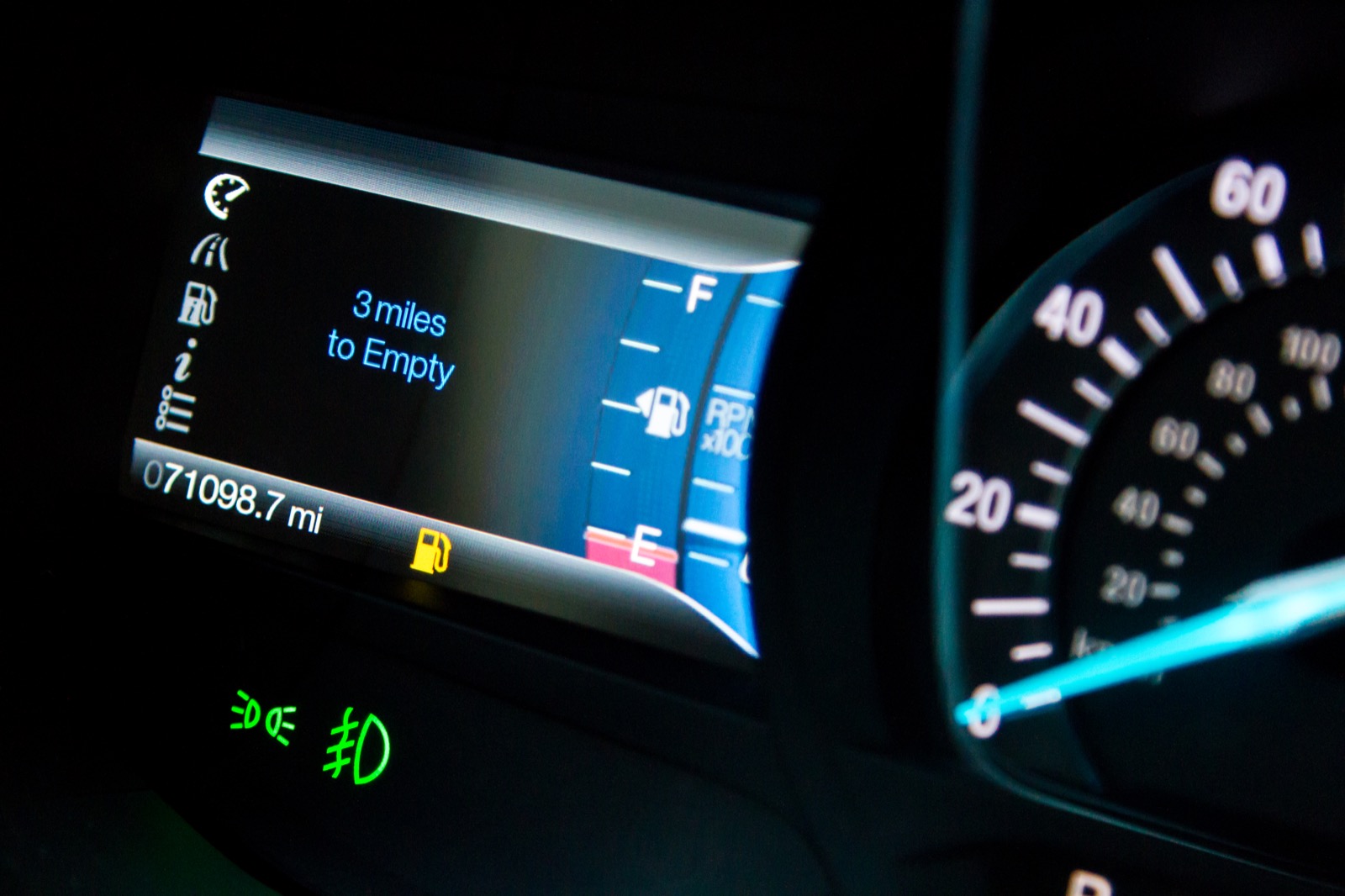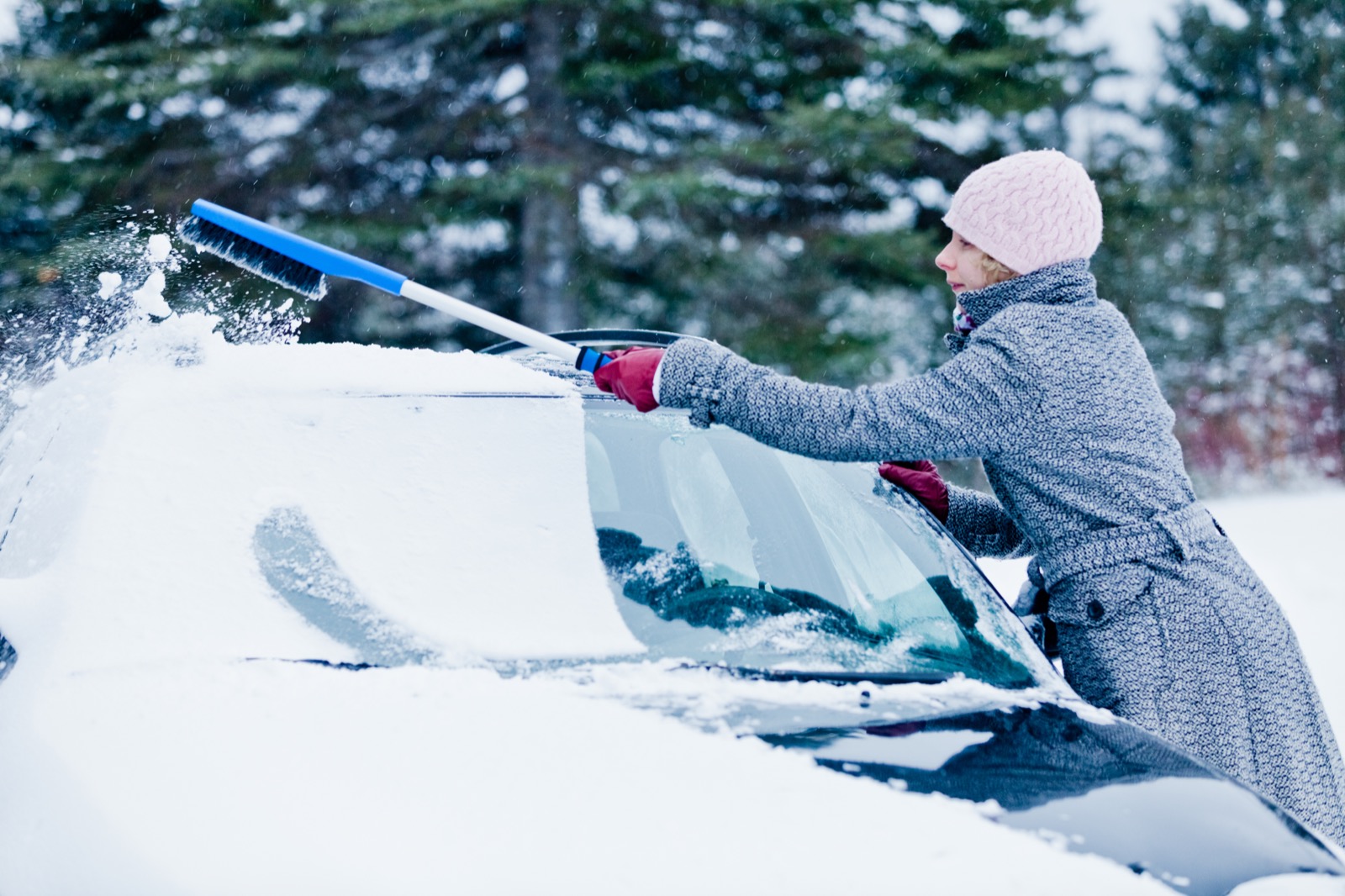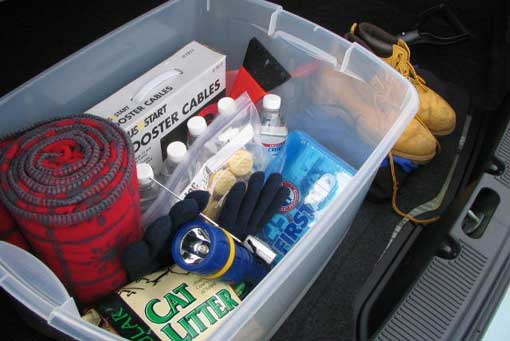Last Update: January 2019
Whether you like it or not, winter is coming. Driving in winter conditions isn’t ideal, but odds are that you can’t avoid it. When you finally brave the outdoors, you might prepare with a jacket, boots, gloves and a hat. But it’s also important to take some time to prepare your car for the long winter ahead. These winter car prep tips will make winter tolerable and ensure your car is ready for the frigid months.
Winter Car Prep Checklist
Winter Trunk Kit
The first step to winter car prep is building a winter trunk kit. The kit contains items that can keep you safe if something goes wrong.
Tires
Checking your tire tread is quite possibly the biggest safety item in winter. Your tires need tread to accelerate, turn, and brake—especially in inclement conditions. You should also consider switching to snow tires if you’re currently running all-seasons.
Checking tire pressure is also key to traction and wear. As the temperature drops, you will lose pressure in your tires. The rule of thumb is for every 10° Fahrenheit change in air temperature, tire pressure will change about 2%.
If your TPMS light comes on, fill your tires the next chance you get. If the light blinks, it means there’s a serious issue and you should pull over immediately.
Battery and Charging System
Cold weather is very hard on batteries and decreases their ability to hold a charge. When temperatures drop, your battery can lose power and your car might not start. Start your car at least once a day even if you don’t plan to drive. You should also keep jumper cables in your trunk to help avoid a hefty towing bill.
Cooling System
Flushing your cooling system ensures you have the correct mix of coolant and water, and prolongs the life of your heating system. In general, you should flush your cooling system every two years. However, your manufacturer might recommend a different interval. Visit morries.com to set an appointment for a cooling system flush.
Wipers
Good vision is important when the roads get messy because of salt or snow. Make sure you have new or winter-specific wiper blades on your car. Wiper fluid that can handle below-freezing temperatures is essential for safe winter driving. Make sure you have the right kind of wiper fluid and never put water in your wiper fluid reservoir.

Lights
If it’s snowing, your lights need to be on. Your winter car prep checklist should include testing your headlights, turn signals, and brake lights. Replace any burnt out light bulbs to help keep you and others safe during inclement weather.
Get a Tune-up
Cold weather magnifies existing issues and the last thing you want is a break down when it’s -15º outside. Bring your car in for a tune-up to help catch potential issues.
Change Your Oil
Changing your oil is an important part of maintenance. Your car may recommend using a different oil weight for colder weather. Check your owner’s manual or consult your dealership/repair shop for more information.
Check Your Heating System
Making sure your heat works before you need it gives you time to repair any issues. Check the defrost function to ensure your windshield stays clear throughout winter.
Brakes
Brakes are often overlooked when it comes to winter car prep. Your brakes might be fine, but you need to check your the fluid as well. Brake fluid attracts water over time and can freeze in low temperatures, causing performance to suffer.

Fuel
Winter is not the time to push your tank to E. If you start getting low on gas (below a quarter tank), make sure you fill up. It’s best to keep your tank at least half-full if you can.
Bring your car into any Morrie’s service department for a free Winter Ready Inspection. Visit morries.com to schedule an appointment at your preferred location.





